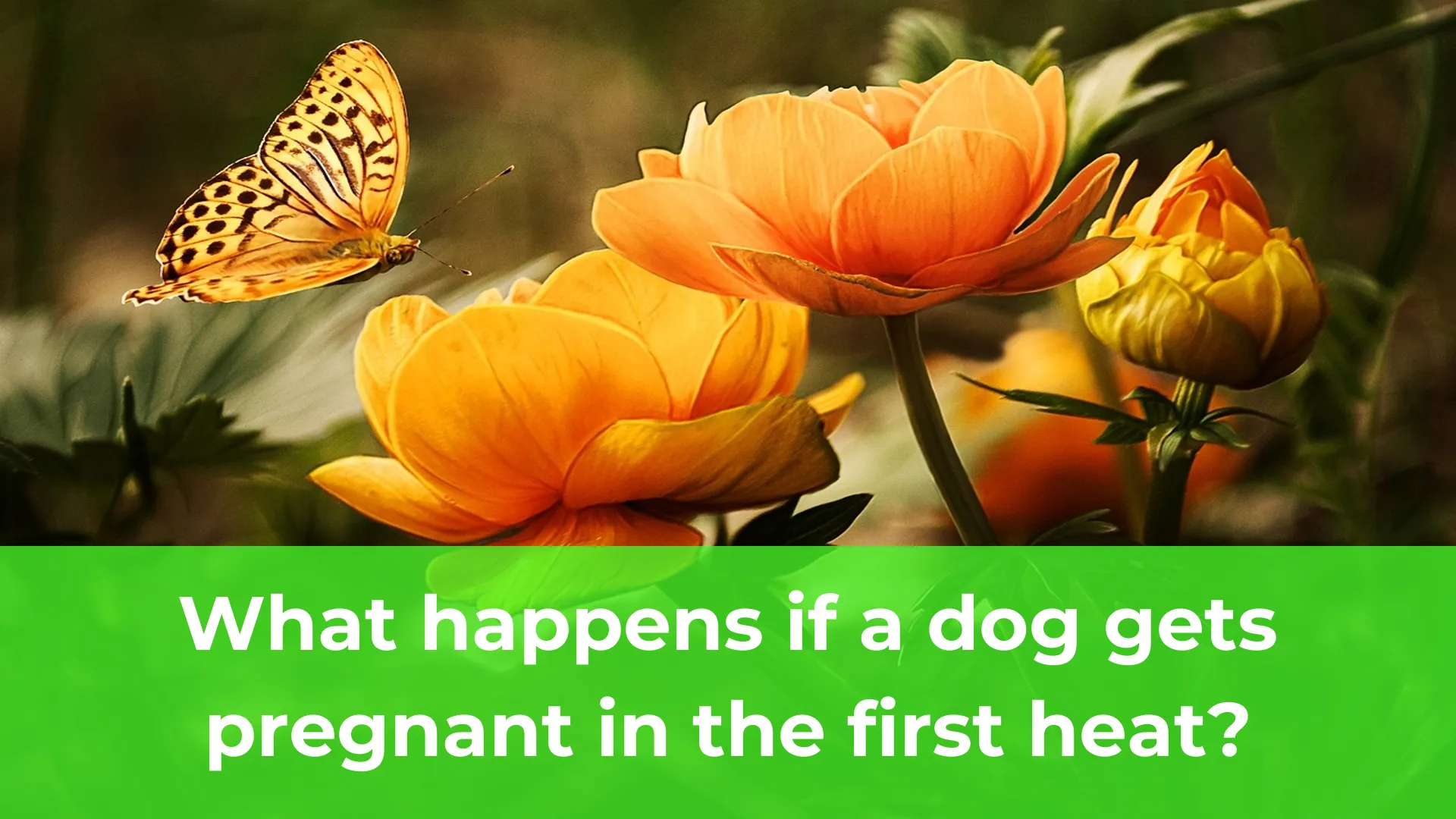What happens if a dog gets pregnant in the first heat?
What happens if a dog gets pregnant in the first heat? Dog owners are often surprised by their pet’s first heat cycle, as it can occur as early as six months of age. During this time, female dogs become fertile and can potentially become pregnant. While it is not ideal for a dog to become pregnant during her first heat, it is not uncommon. However, there are certain risks and considerations that every dog owner should be aware of.
Firstly, it is important to note that young dogs are still growing and developing during their first heat. Pregnancy and the subsequent birth of puppies can place additional strain on their bodies, potentially impacting their long-term health. It is essential for owners to consult with a veterinarian to ensure the dog’s well-being and discuss the risks involved. Additionally, young dogs may not have fully developed emotional or behavioral maturity, which can affect their ability to care for and raise a litter of puppies.
1. Understanding the Canine Reproductive Cycle: The First Heat
Understanding the canine reproductive cycle is crucial for dog owners and breeders alike. One of the most important stages in this cycle is the first heat, also known as the estrus stage. During this period, female dogs go through significant hormonal changes, signaling that they are receptive to mating and capable of reproducing. In this article, we will explore the various physical and behavioral signs that indicate a dog is in her first heat, as well as provide insights on how to best care for a dog during this time.
Recognizing the signs of the first heat is essential for dog owners to ensure the well-being of their pets. Typically occurring between six and twelve months of age, the first heat can vary in duration and intensity. Some common signs of a dog in heat include swelling of the vulva, a bloody discharge, frequent urination, and a change in behavior. It is important for owners to understand these signs to prevent unwanted pregnancies, as female dogs can become pregnant during their first heat. By gaining a deeper understanding of the first heat and its implications, owners can provide appropriate care and make informed decisions regarding their dog’s reproductive health.
2. The Physiology of a Female Dog’s First Heat: Key Facts to Know
Understanding the physiology of a female dog’s first heat is essential for every dog owner. It is a natural biological process that marks the onset of sexual maturity in female dogs. Also known as estrus or the “heat cycle,” this phase occurs when the dog’s body is ready for breeding and reproduction. It is crucial for owners to be knowledgeable about the key facts surrounding a dog’s first heat to ensure their pet’s health and well-being.
The first heat usually occurs between six and twelve months of age, although this can vary depending on the breed and individual dog. The cycle consists of four distinct stages: proestrus, estrus, diestrus, and anestrus. During proestrus, the female dog’s reproductive organs begin preparing for potential mating. This stage can last for about a week and is characterized by changes in behavior and physical appearance, such as swelling of the vulva and the presence of a bloody discharge. It is important to note that during this stage, female dogs are not receptive to males and should be kept away from intact males to avoid unwanted pregnancies.
Once proestrus ends, the female dog enters the estrus phase. This is the fertile period when she is receptive to mating. The length of estrus can vary, but it typically lasts between 7 and 10 days. During this time, the bloody discharge becomes lighter and eventually turns clear. Female dogs may display more affectionate behavior, raise their tails, and seek the attention of male dogs. Owners should closely supervise their dogs during this stage and consider spaying if they do not intend to breed their pet in the future.




